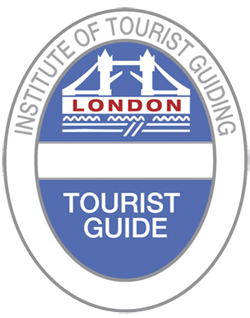
For my first proper blog page, I thought I would talk about my favourite structure in London and it probably won’t surprise you to learn it’s a bridge .
When people learn I have a fascination for bridges, they often ask “So, what’s your favourite bridge in London then?” expecting me to say Tower or London or Waterloo or maybe Albert. When I reply my favourite is Hammersmith Bridge, it often brings quizzical looks bordering on disbelief.

So why do I like Hammersmith Bridge so much -well I guess it’s a combination of its history and simple yet beautiful elegance together with a feeling of melancholy attached to it that appeals to me.
The first bridge at Hammersmith was authorised by an Act of Parliament in 1824 to replace a ferry and was designed by William Tierney Clark. Whilst digging for the foundations of the towers, workmen discovered several stag antlers, three 17th century jugs know as Greybeards and a Roman sword.

Picture courtesy of WikiCommons
Costing £45,341, 10 shillings and ninepence the bridge opened on 6 October 1827 and was the first suspension bridge across the Thames. Clark gained considerable fame from the bridge and went onto build famous suspension bridges at Marlow and Budapest (both still standing). When he died in 1852, he was buried at St Marys Church in Hammersmith (the one next to the M4 flyover) and his memorial depicts his original design.
When the University Boat Race was first rowed from Putney to Mortlake in 1845, Tierney’s bridge became a popular vantage point with up to 12000 people clambering all over the deck and the suspension chains to get a good view. This became of serious concern to the owners for although they earned good money from the tolls, there was anxiety the entire structure might collapse!! From 1882, the bridge was completely closed to pedestrians on race day but by that time it was no longer a toll bridge as it had been purchased by the Metropolitan board of Works (MBW) in 1880. The MBW carried out some strengthening works but felt that a new structure would be needed to cope with increased traffic and a replacement was commissioned. The designer was a hero of mine (and subject of a future blog) the great Sir Joseph Bazalgette. Perhaps more known for his work on London’s sewers he also redesigned three of London’s bridges of which Hammersmith is in my opinion his finest. To save money, the MBW kept the original foundations and intended to replace the superstructure. It was their intention to run a ferry service while the bridge was constructed but under pressure from local residents, a temporary bridge was constructed. As is common in London, when it was no longer needed that temporary structure wasn’t scrapped but formed the basis for the Teddington Footbridge.
Although intended as a structure to cope with greater traffic demand, Bazalgette’s bridge is actually only slightly wider than Clarks original but the towers are certainly more ornate. Made of wrought iron with cast iron cladding they are described by the architectural critic Nikolas Pevsner as having “Frenchy pavilion tops and elephantine ornaments” The MBW meanwhile emblazoned the metalwork with their monogram and 1887 the date of the bridge opening.
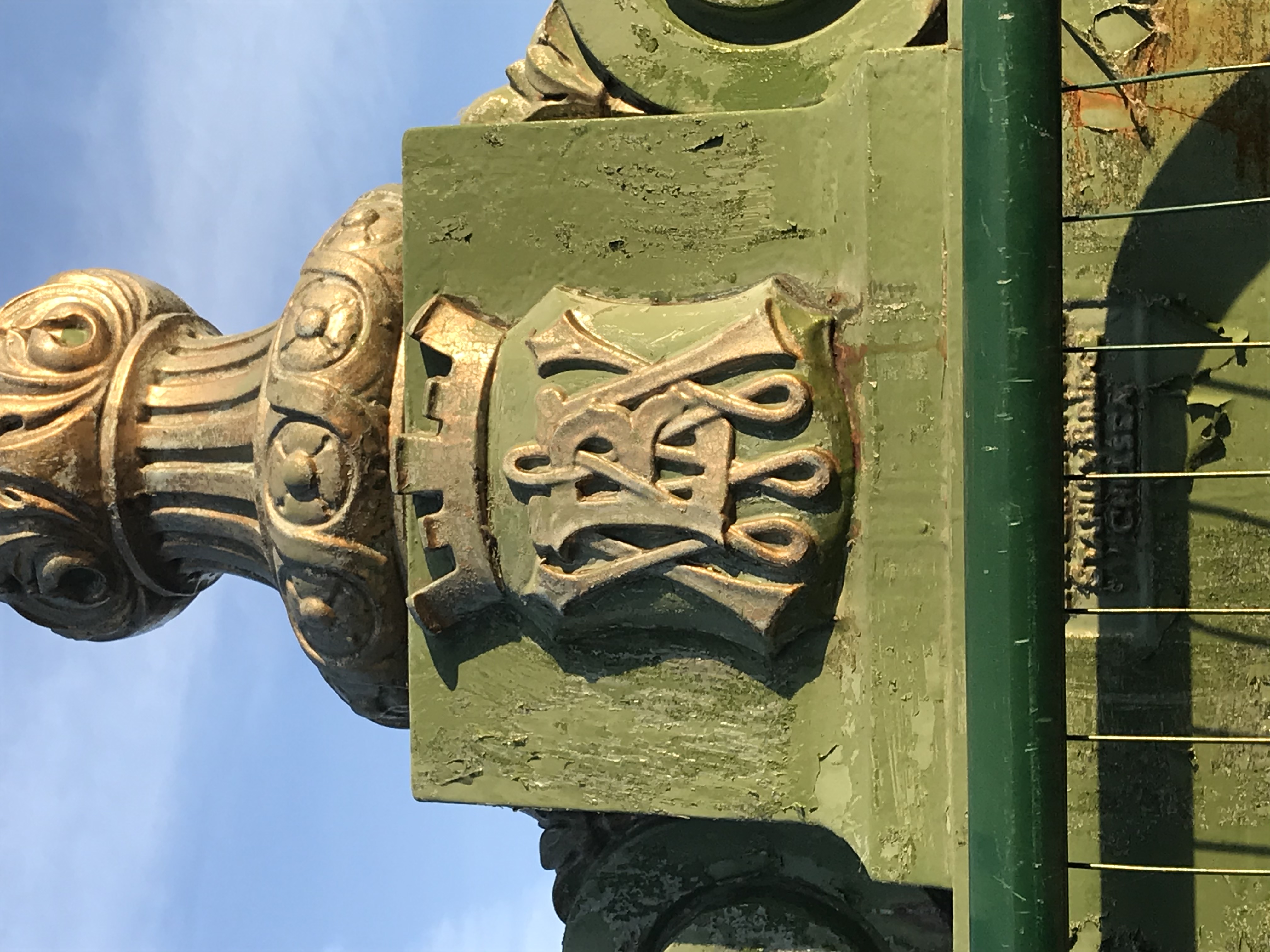

On the anchorages at each end are the royal coat or arms surrounded by the arms of the authorities within the MBW area. Moving clockwise from the City of London at ‘9 o’clock’ are the County of Kent (horse), Surrey represented by Guildford (Castle), City of Westminster (portcullis), Essex represented by Colchester (cross and three crowns) and Middlesex (three swords)
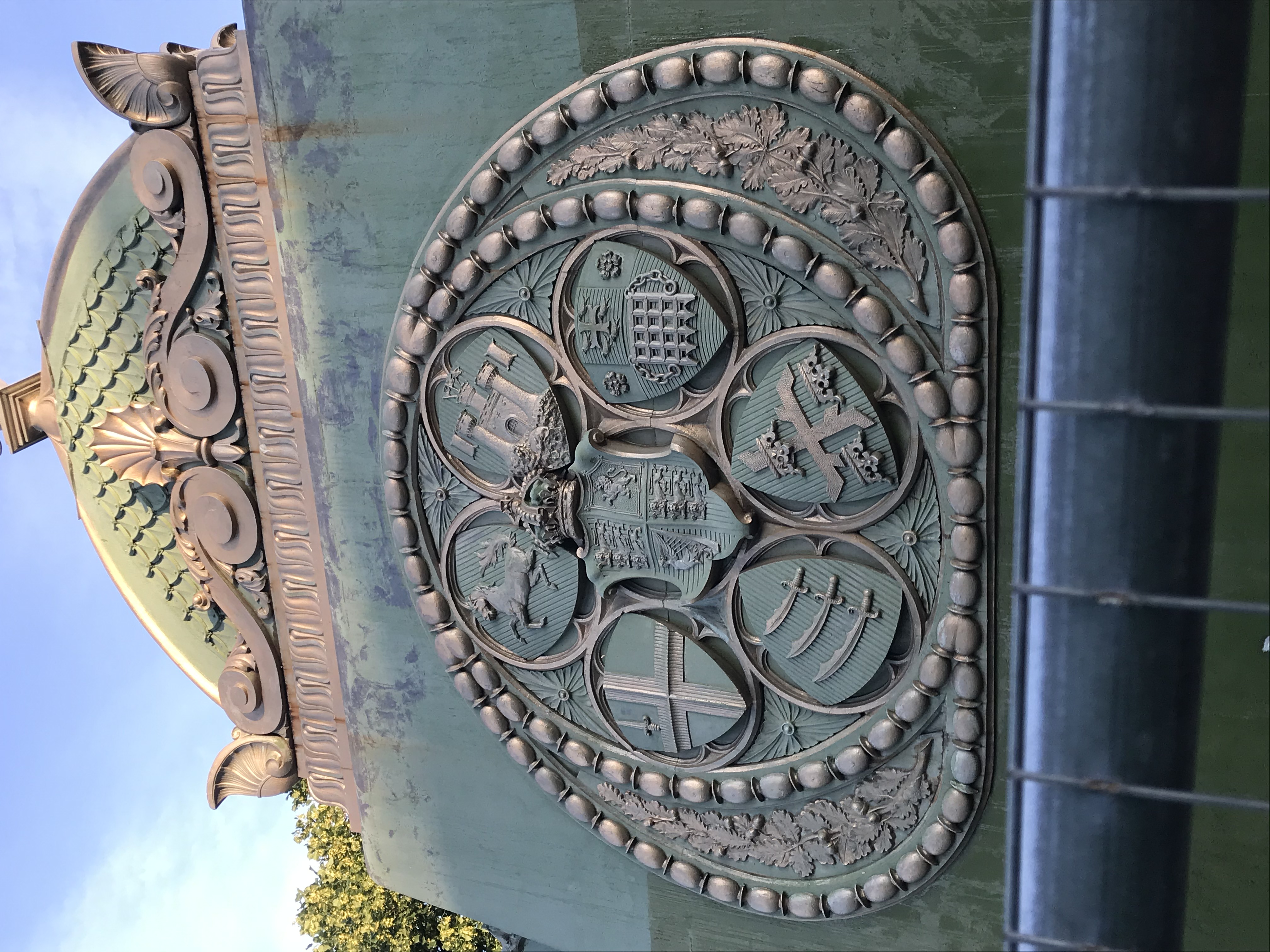
Originally the bridge was painted a pale pink but this was just undercoat as Bazalgette always intend it to be in the magnificent green and gold colours. Like many London bridges it was painted grey during World War Two then a hotchpotch of colours until restored to its green and gold splendour in 1986.
Almost immediately the bridge was subject to concern over its strength and plans about its renovation have continued over the years. In 1902, there was a scheme to run a tram over it which would have meant total replacement, but this was cancelled while in 1927, a Royal Commission on Cross River traffic recommended it was widened but again this was ignored. In 1965, a local guidebook confidently predicted the bridge would be replaced but it has survived just about into the 21st century.
I say just about as three times it has been a target for IRA terrorists. On 29 March 1939 they planted two bombs on the bridge. A lady’s hairdresser called Maurice Childs was walking across the bridge at one a.m. and spotted a suitcase. Opening it he saw it was smoking and he casually threw it into the river where it exploded causing little damage. He then went and called the police after a second bomb exploded causing some damage to the balustrade and suspension rods. Two Irishmen were arrested later that day on Putney Bridge and convicted. In 1996, the IRA tried again but although the detonators went off the devices failed to explode while another attempt in 2000 also failed to blow up the bridge although it was closed for repairs for five months.
Maurice Childs was awarded the MBE for his bravery but there is no plaque to him in the bridge. There is however a plaque to RAF officer Charles Campbell-Wood who near midnight on 27 December 1919 dived into the Thames to save a woman Margaret Paxton who he saw leap off the parapet. He managed to reach her in the water, and she recovered later in Fulham Infirmary. Campbell-Wood received numerous marriage proposals from admiring women but sadly he was unable to take up any of them as he died within two weeks from lockjaw resulting from a head injury, he incurred during his brave rescue attempt. Close to Campbell-Woods plaque is another to Sam Alexander, a Hammersmith local and soldier who was killed in Afghanistan in 2001 and loved the bridge. Close to the two plaques are wooden benches allowing pedestrians the chance to rest and admire the view – a feature of the walkways either side and a unique feature of the bridge.
Hammersmith Bridge continued to be a focal point for spectators during the Boat Race but Bazalgette’s bridge like it predecessor has never been able to cope with the numbers perhaps due to its low profile (at high tide it is only 12 feet/3.6m above the water level while the total span is 724ft/221m) That together with increasing heavy traffic usage has meant that the bridge has been closed since 2019 to vehicles. That enabled pedestrians and cyclists to get onto the roadway as it was still open to them, but engineers shut it completely in August 2020. Cynics suggested the only thing keeping it together were the copious layers of paint applied during the periods of closure!
Sadly, the plans to repair it have been swamped by squabbling between the Labour council of Hammersmith and Fulham and the Liberal Democrats running Richmond as to who should pay for repairs. Add in Conservative central government and the office of the Labour London Mayor and it is perhaps no surprise that the estimated £163m and potential six-year renovation programme has never even started. The historic and architectural interest in the bridge only hinders any progress and ironically the only solution might be to impose tolls to pay for the work – something that Bazalgette’s magnificent structure was free from on construction.
Hopefully something will be done and this beautiful structure will survive to see its 150th birthday and beyond. I think it deserves to and I think my little friend does too!
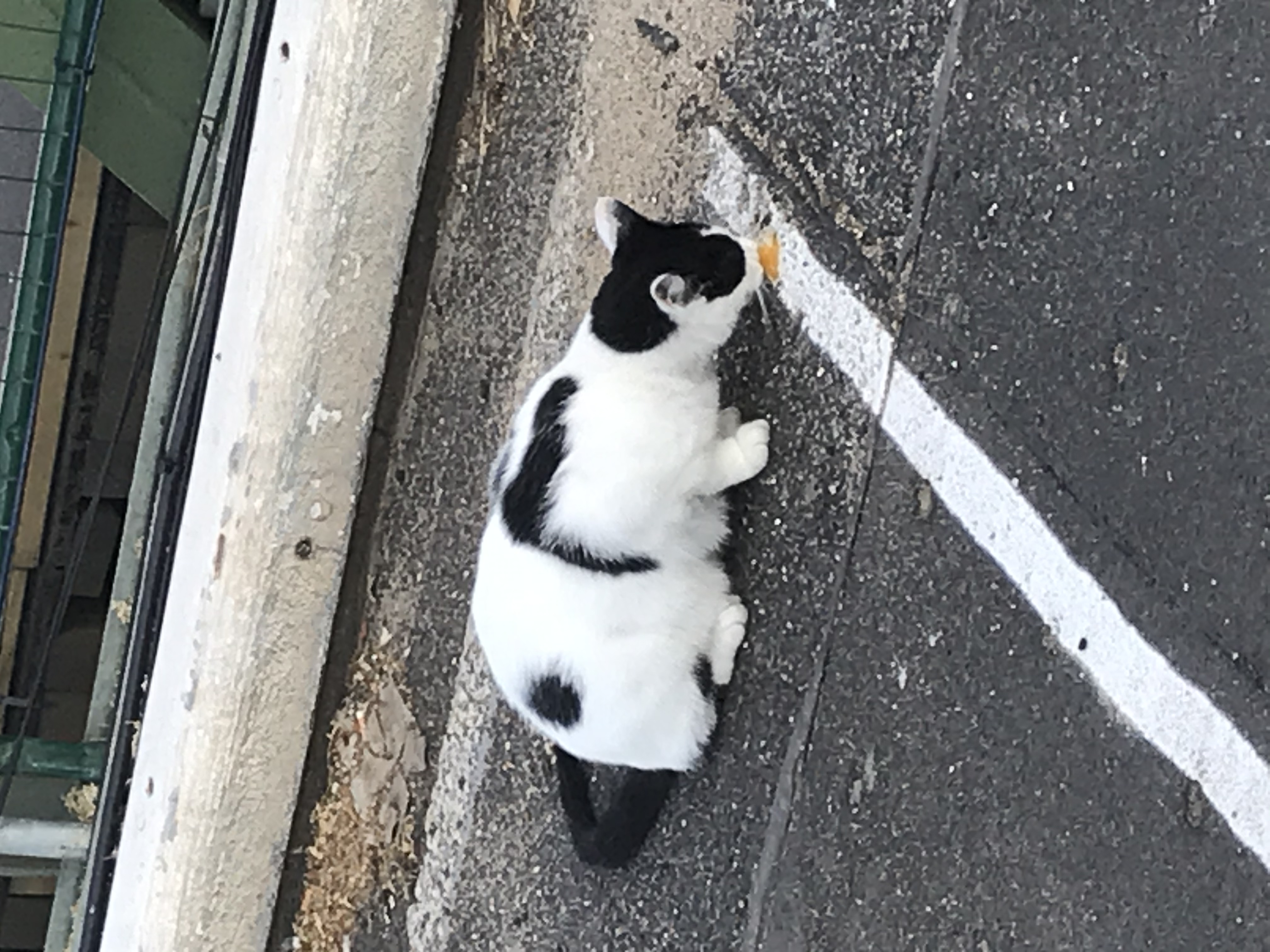
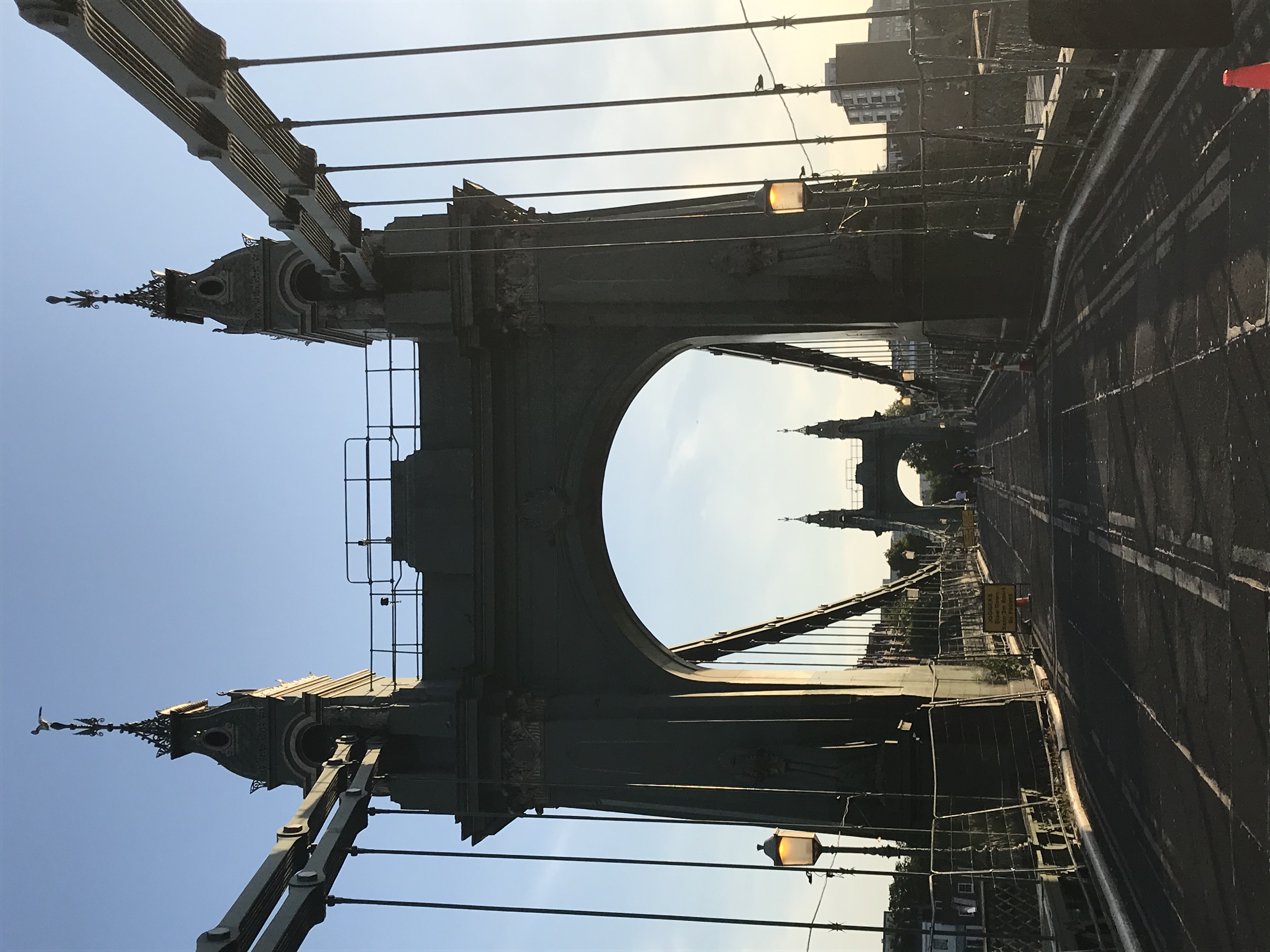
I managed to get onto the bridge during lockdown and early one morning and was joined by this local resident enjoying his breakfast.
All photographs by the author unless otherwise stated. Copyright Steven Szymanski 2021
Hammersmith (and not just the bridge!) is an area I can offer as a specialist walking tour. If you wish to know more information or want to be added to the blog mailing list then please contact me at stevenszymanskiguide@gmail.com.
Thank you for reading.
best wishes
Steve aka The Bridgeman

